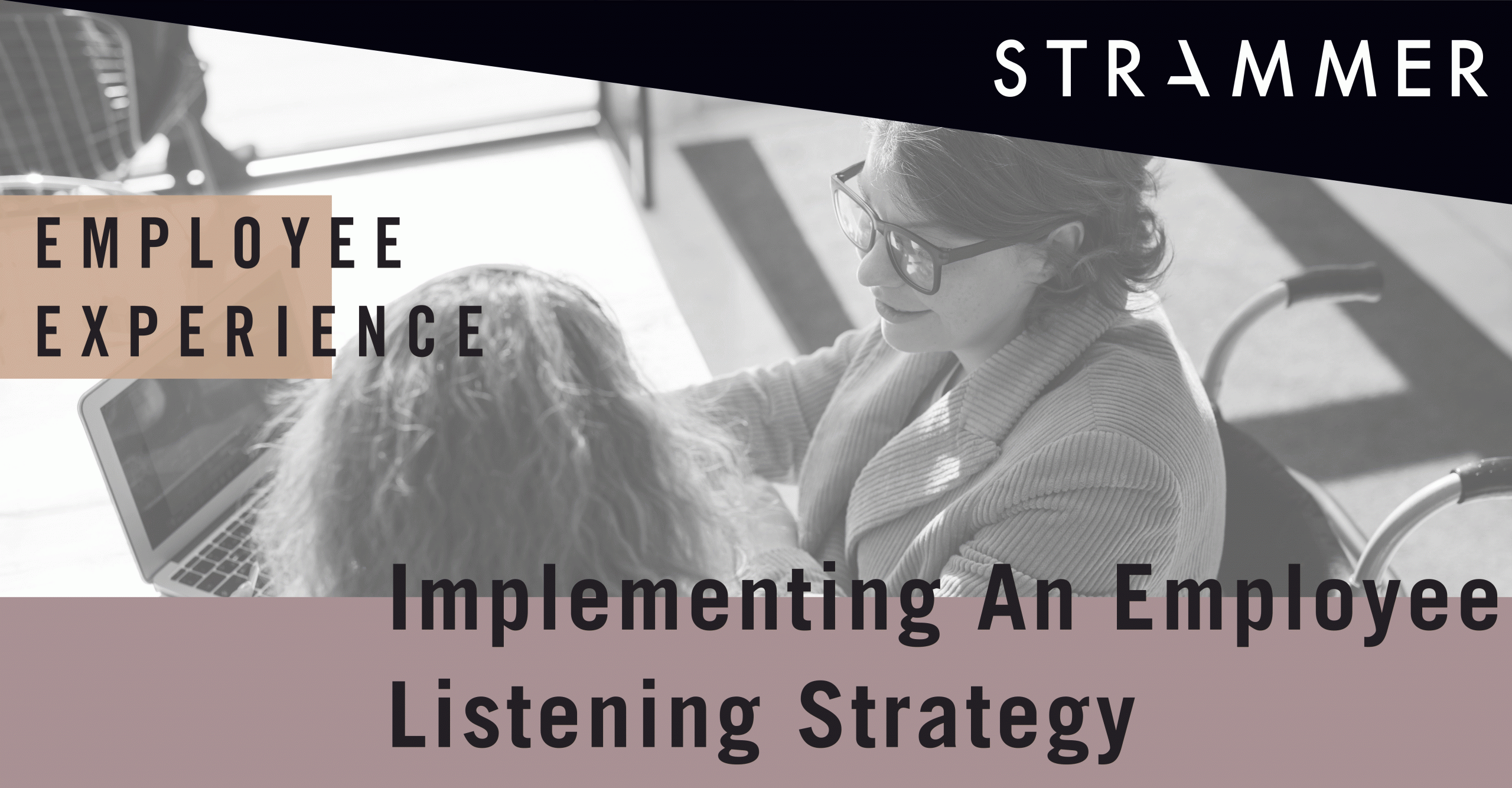How to Create an Employee Listening Strategy
The employee experience is becoming increasingly recognised as an important driver of business success. Having a continuous understanding of the employee experience is essential for the workforce of today, as employee needs and expectations are evolving rapidly.
Indeed, to successfully manage the changing workforce, it is more crucial than ever that Human Resources departments receive up-to-date information on the overall employee experience, comprising of elements like job satisfaction, engagement, and well-being.
Organisations must develop mechanisms for receiving direct and regular employee feedback. They can consider implementing an employee listening strategy, which People Insights defines as “an integrated approach to understanding the employee experience… purposefully designed to involve employees, harness their ideas and feedback, and respond to deliver the organisation’s mission and objectives.”
There are different methods of approaching employee listening, however organisations can consider multiple areas in the development of a listening strategy or the revision of an existing one.
For one, they should consider the timing and frequency of gathering feedback. Some believe it should be solicited at each key stage in the employee life cycle, such as onboarding and attrition, as well as times of internal change, like organisational restructuring and redundancies. This presents the opportunity to identify any gaps in support and practices or policies which require re-thinking, redesigning or improving.
However, evidently it is not possible to pre-empt all the things that can affect the workforce. Therefore, some believe it is important to foster a culture of listening where employees feel comfortable to approach HR or their manager if problems or concerns arise. Companies could also decide to establish an ‘open door policy’, meaning employees can speak directly with the management.
Employees must be really listened to and come away feeling heard. In their TED talk, Julian Treasure, author of Sound Business, says that often when we listen to others, personal judgments inhibit our ability to understand what the other person is really meaning; effective listening is an active act, not a passive one. And because misinterpretations reduce the quality of feedback and related decision-making, leaders must be able to put their own feelings aside and avoid making premature judgments.
As well as in-person interactions between the workforce and HR, technological software can facilitate listening and feedback processes. However, as many commentators emphasise, it must be deployed with thought and design – according to the strategic objectives specific to each organisation.
Finally, HRs should expand their listening outside of the organisation through social listening. This could involve regularly viewing online sites on which former employees review their experience at a company. This is what candidates and future talent will often check, and so it is crucial that HR and the management are aware of the dialogue taking place externally around workforce experience at their organisation.
References:
- Employee Listening Strategy: Why a Company Survey Alone Isn’t Enough, TalkFreely.
- Five Reasons To Prioritize Listening In Your Organization, October 2019, Forbes.





